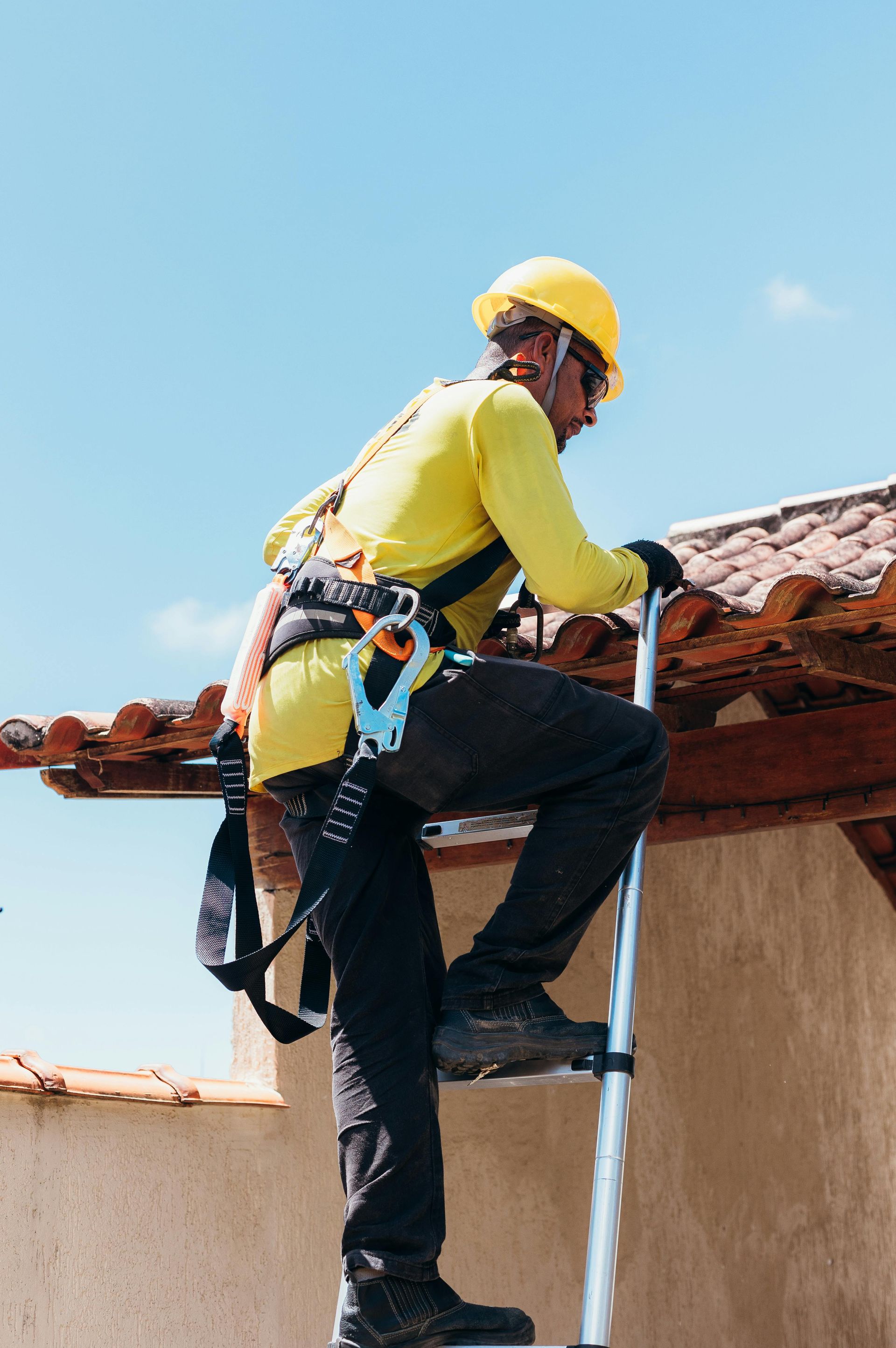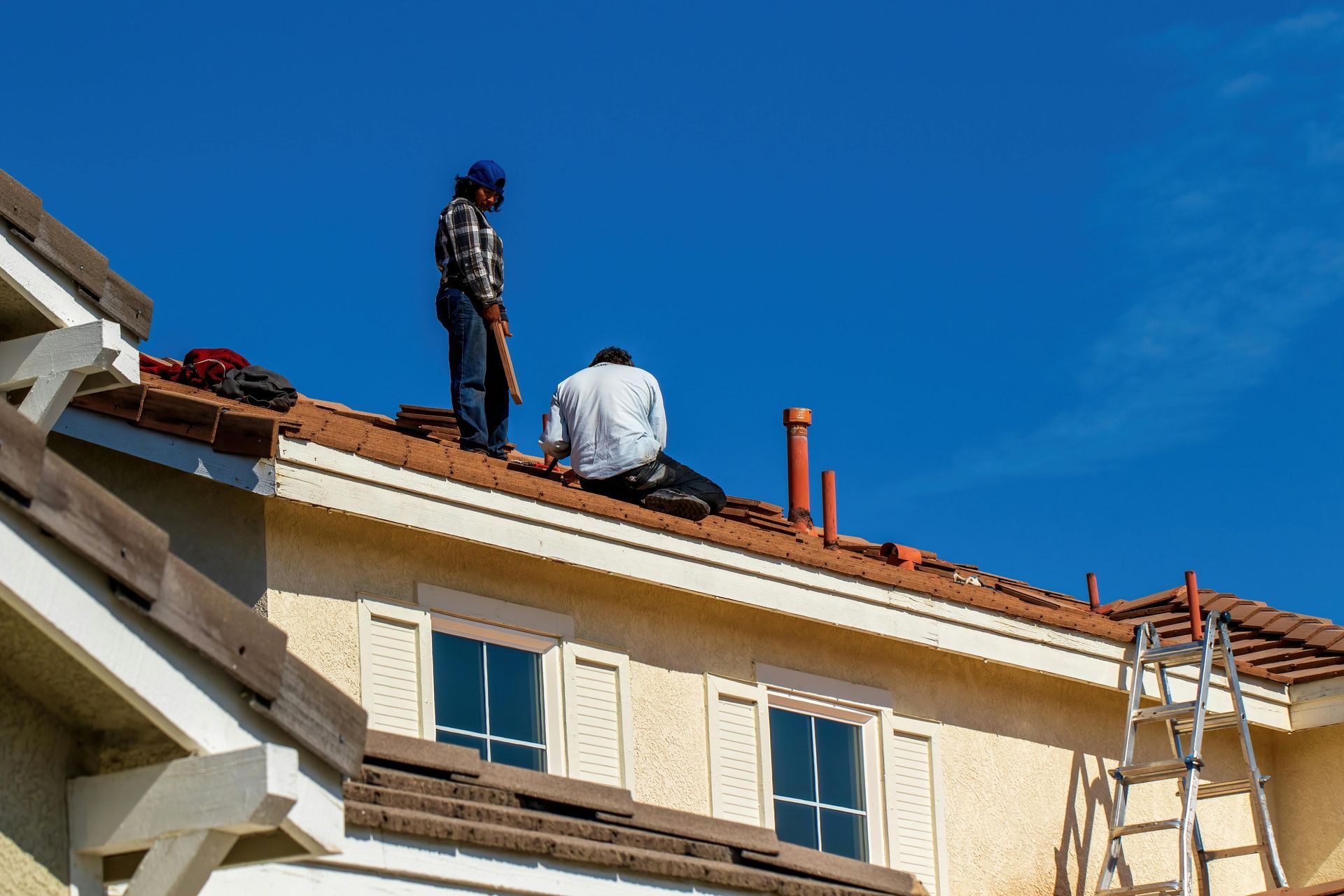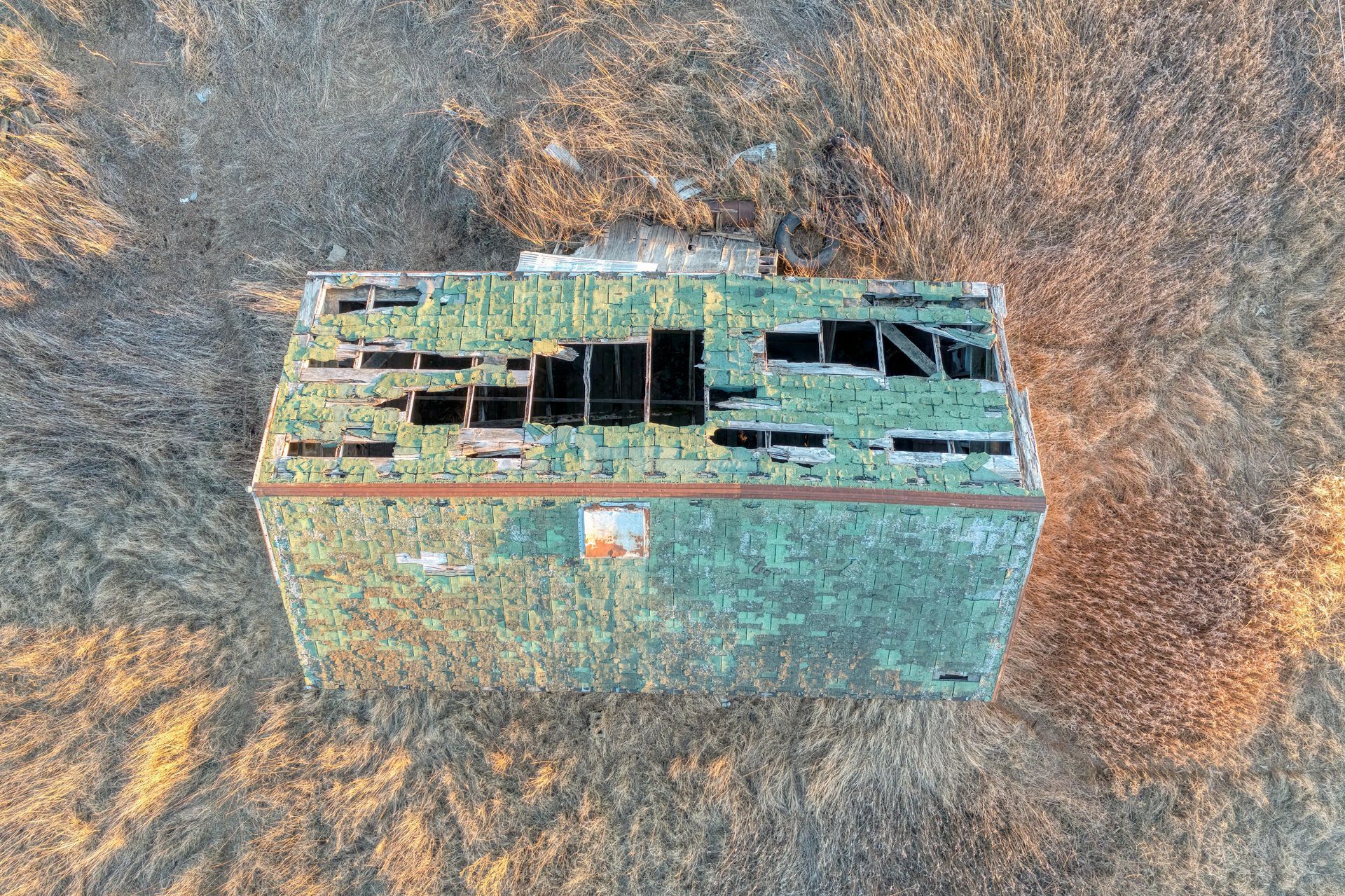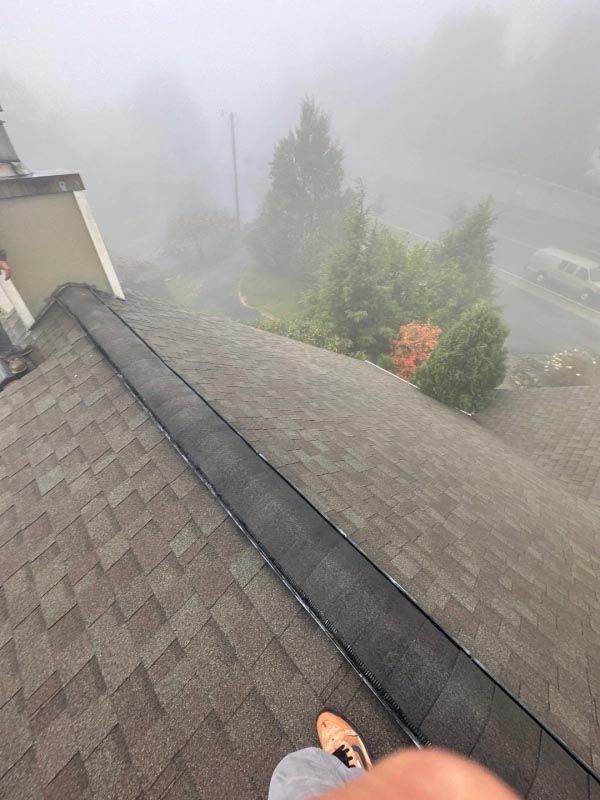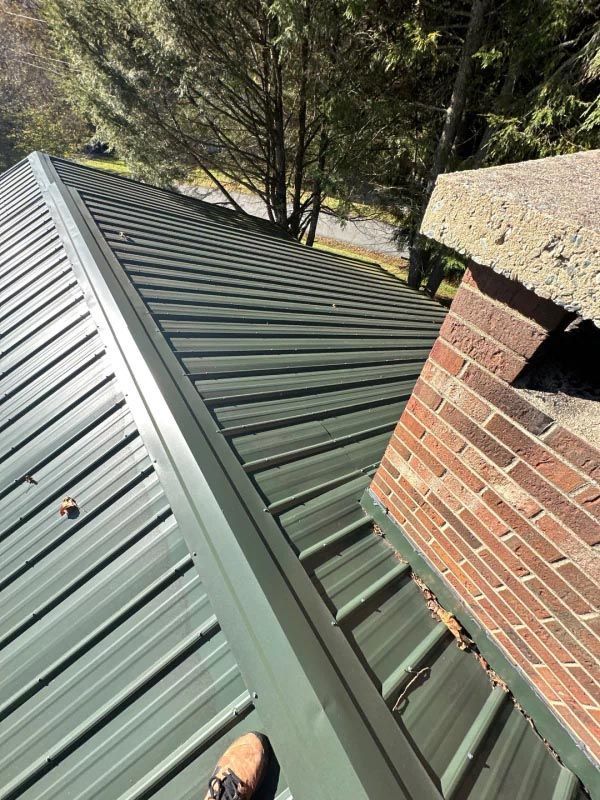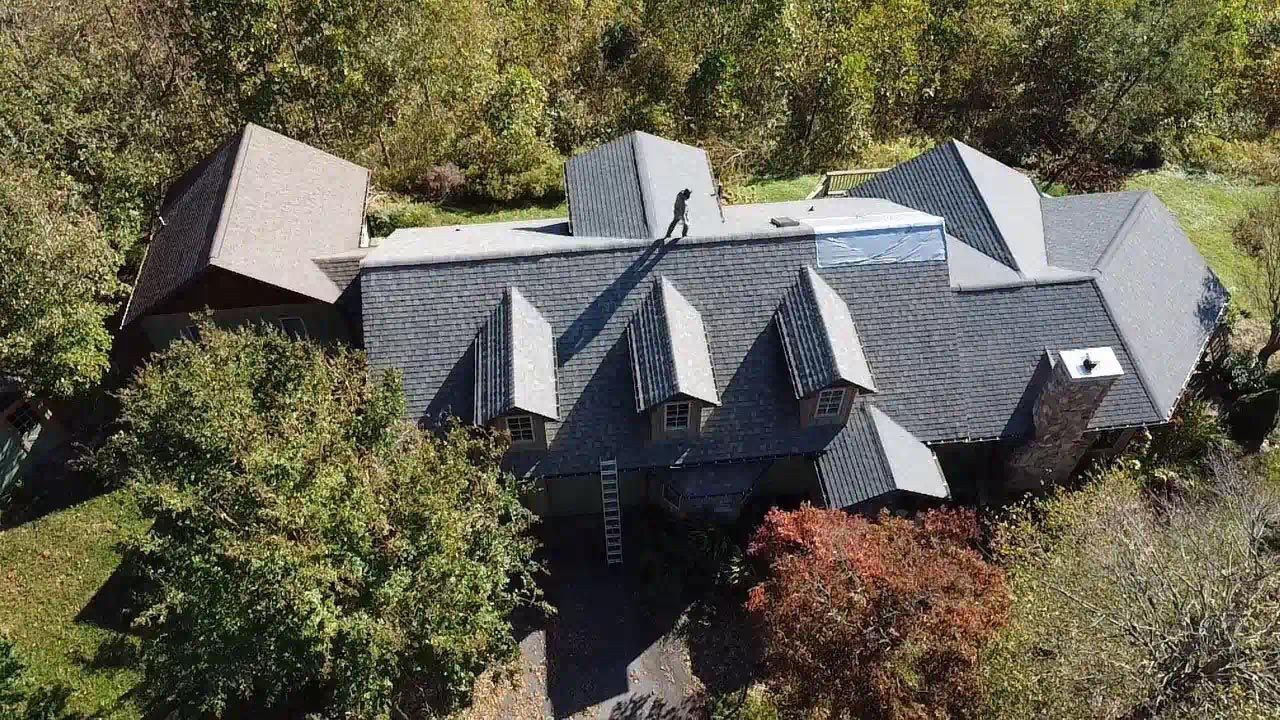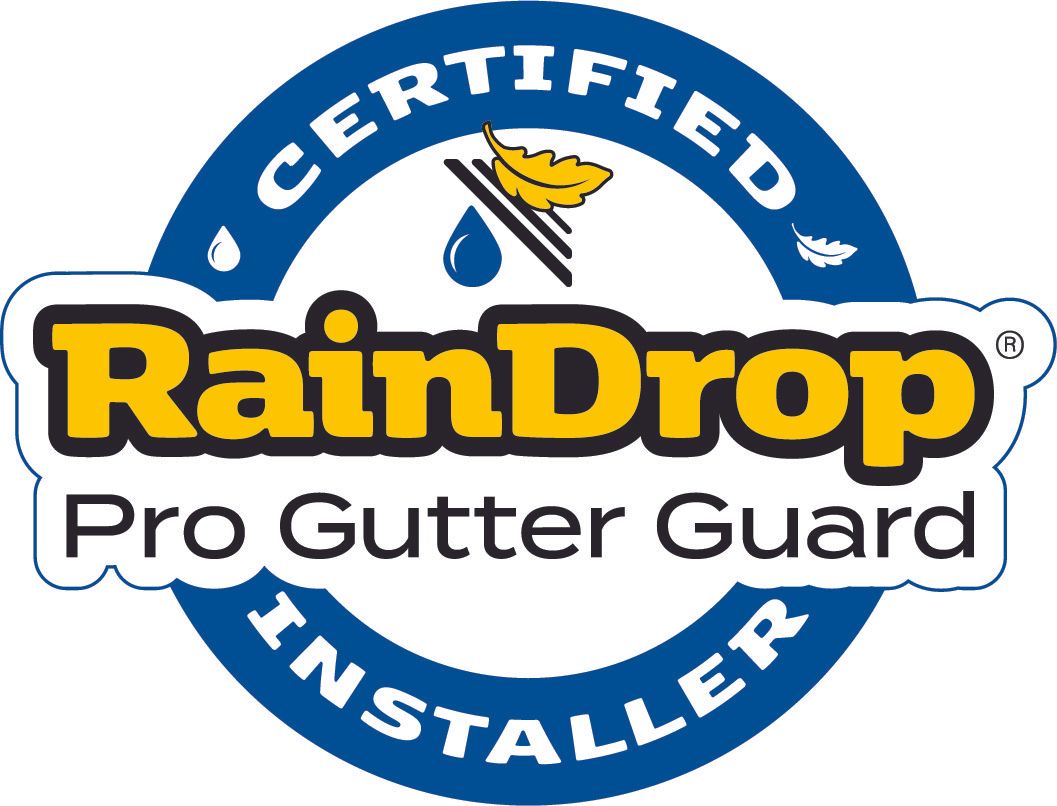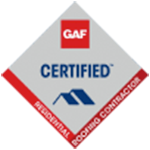Roofing Replacement vs. Roof Restoration: Which Option is Best for Your Home?
When it comes to maintaining your roof, the decision between roofing replacement vs restoration can be a difficult one. Both options have their benefits, but the best choice for your home depends on factors like the age of your roof, your budget, and the extent of the damage. In this blog post, we will break down both options, compare their pros and cons, and help you make the best decision for your home.
What is Roofing Replacement?
Roofing replacement is a complete overhaul of your existing roof. It involves removing the old materials, repairing any underlying issues, and installing a new roof. This option is typically chosen when the roof has extensive damage or the materials are simply too worn out to restore.
Benefits of Roofing Replacement
- Complete Restoration: With a full replacement, you get a brand-new roof, which can significantly increase the lifespan of your home’s roof.
- Long-Term Investment: A full roof replacement adds value to your home and gives you the peace and security of knowing the new roof will last for years.
- Customization Options: Replacing your roof allows you to choose from a variety of materials, styles, and colors, ensuring that your roof fits both your aesthetic preferences and functional needs.
When Should You Choose Roof Restoration?
Roof replacement is typically recommended when:
- The roof is more than 20 years old.
- There is severe damage to the shingles or roofing structure.
- The roof has sustained significant storm damage or leaks.
- Frequent repairs are needed, making it more cost-effective to replace the roof entirely.
What is Roof Restoration?
Roof restoration, on the other hand, is a less invasive process that focuses on repairing and renewing the existing roof. It typically includes cleaning, resealing, and restoring damaged components of the roof. Roof restoration is an ideal option when the roof is still structurally sound but shows signs of aging, such as minor leaks or weathering.
Benefits of Roof Restoration
- Cost-Effective: Roof restoration is generally more affordable than full roofing replacement, as it does not involve the complete removal of your existing roof.
- Quick Process: The restoration process is typically faster than a full replacement, causing less disruption to your home.
- Eco-Friendly: Since restoration uses the existing roof, it’s a more sustainable option, reducing the amount of waste sent to landfills.
When Should You Choose Roof Restoration?
Roof restoration is a great option when:
- Your roof is relatively new (less than 20 years old).
- The roof has only minor damage, such as leaks or discoloration.
- You want to extend the life of your roof without the cost of full replacement.
Roofing Replacement vs. Roof Restoration: Key Differences
Now that we’ve defined both roofing replacement and roof restoration, let’s compare them in terms of various important factors:
1. Cost Comparison
- Roof Replacement: A full roof replacement can be expensive, with costs depending on factors such as roof size, material choice, and labor costs. A new roof can cost several thousand dollars.
- Roof Restoration: Restoration is a more budget-friendly alternative, with costs generally ranging from a few hundred to a couple thousand dollars, depending on the roof’s size and condition.
2. Duration of the Project
- Roof Replacement: Replacing a roof can take several days or even a week, depending on the complexity and size of the home.
- Roof Restoration: Restoration is typically completed in one or two days, as it focuses on repairing and rejuvenating the existing materials.
3. Longevity and Durability
- Roof Replacement: A new roof will last anywhere from 20 to 50 years, depending on the material used (e.g., asphalt shingles, metal, tile).
- Roof Restoration: Restoration can extend the life of a roof by 5 to 10 years, but it is not a permanent solution like full replacement.
4. Aesthetic Appeal
- Roof Replacement: A new roof can transform the appearance of your home, offering more color and material options.
- Roof Restoration: Restoration can refresh your roof’s appearance, but it doesn’t offer the same dramatic change as full replacement.
Roofing Replacement Service: When to Call a Professional
If you’re leaning toward roofing replacement, it’s essential to hire a professional roofing replacement company. A skilled contractor will ensure your new roof is installed properly, meets local building codes, and is backed by a solid warranty. Choosing a reputable roofing contractor will help ensure the longevity and safety of your home’s roof.
Steps Involved in Roofing Replacement
- Inspection: A professional roofer will inspect your roof to determine the extent of the damage and decide if a full replacement is necessary.
- Removal of Old Roof: The old shingles and roofing materials will be removed, including any underlayment.
- Roof Repairs: Any structural damage or issues with the decking will be addressed before installation of the new roof.
- Installation: New roofing materials will be installed, including underlayment, shingles, and flashing.
- Cleanup and Inspection: After installation, the roofing team will clean up the site and conduct a final inspection to ensure everything is in top condition.
Roof Damage Repair: When to Choose Repairs Instead of Full Replacement
In some cases, your roof may not need a complete replacement. Professional roof damage repair can be a great option for minor issues like leaks, missing shingles, or storm damage. Repairing your roof can be a cost-effective way to extend the lifespan of your roof without the need for a full overhaul.
Types of Roof Damage That Can Be Repaired
- Leaks: Small leaks can often be repaired without replacing the entire roof.
- Missing Shingles: If only a few shingles are damaged, they can be replaced without the need for a full roof replacement.
- Cracked or Curling Shingles: These can sometimes be repaired by re-sealing or replacing individual shingles.
How to Replace Roof Shingles: A Step-by-Step Guide
If you’ve decided that a partial replacement is necessary, you may need to replace roof shingles. Here’s a brief guide on how to replace roof shingles:
- Remove the Damaged Shingles: Carefully lift the damaged shingles using a flat pry bar, removing any nails that are holding them in place.
- Inspect the Roof Deck: Check for any underlying damage and replace any compromised decking.
- Install New Shingles: Align the new shingles with the existing ones, securing them with roofing nails.
- Seal the Shingles: Apply roofing adhesive to ensure the shingles stay in place.
- Final Inspection: Inspect the new shingles to make sure they are properly secured and weatherproof.
Which Option Is Best for Your Roof?
Ultimately, the decision between roofing replacement and roof restoration depends on the current condition of your roof, your budget, and how long you plan to stay in your home. If your roof is showing signs of wear and tear and you want a long-term solution, a roofing replacement is likely the best choice. However, if your roof is still in good condition and only requires minor repairs, roof restoration may be a more cost-effective and efficient option.
Conclusion
Whether you’re considering roofing replacement vs restoration, it’s important to weigh the pros and cons of both options and consult with a professional roofing contractor. If you need help deciding which option is right for your home, contact a trusted roofing replacement company today. They can provide a thorough inspection and offer recommendations tailored to your roof’s needs.
At Peak 2 Peak Services, we specialize in shingles and flat roofing, offering high-quality roof installation and replacement services, roofing repair, and more to help keep your home protected for years to come. Contact us today to schedule your inspection and get a free estimate!
